There are many iconic sights and attractions at Walt Disney World, but one in particular stands out: the Monorail. The Monorail is a special single-beam elevated railway that can whisk guests away to two Walt Disney World theme parks and to three Walt Disney World Resorts. It’s an unusual and fascinating part of Walt Disney World, and today we’re going to give you the full scoop on its amazing history.

Disneyland’s Monorail
Before talking about the Monorail at Walt Disney World, we first need to consider the first Monorails that Disney worked on, for Disneyland in Anaheim, California. Walt Disney himself, an aficionado for railways and new technology, invested in the concept of the Monorail. He eventually transferred the design work directly to Walt Disney Studios in Burbank, assigning the project to Imagineer Robert Henry “Bob” Gurr, who designed vehicles for many of the original Disneyland rides.

The Mark I version of the Monorail debuted with the Disneyland Alweg Monorail System on June 14, 1959, and it was the Western Hemisphere’s first Monorail to operate daily. This original version was simply an attraction in Tomorrowland, but that would change with the Mark II’s release in June 1961. It now traveled a 2.5-mile track between Tomorrowland and Disneyland Hotel. The Mark II also expanded the front car’s “bubble dome” feature. The subsequent 1969 Mark III Monorail increased capacity from four cars to five cars, further improving its usefulness.
Walt’s Dream for a Utopian City of Tomorrow
Walt Disney saw the Monorail as more than just an attraction or service at his theme parks, however, and he made the Monorail a central part of his vision for the utopian Experimental Prototype Community of Tomorrow (EPCOT). Walt wanted his futuristic city to defy the growing trend of urban sprawl and instead be a vibrant, interconnected metropolis, and he saw the Monorail and other forms of public mass transit as the key to his solution.
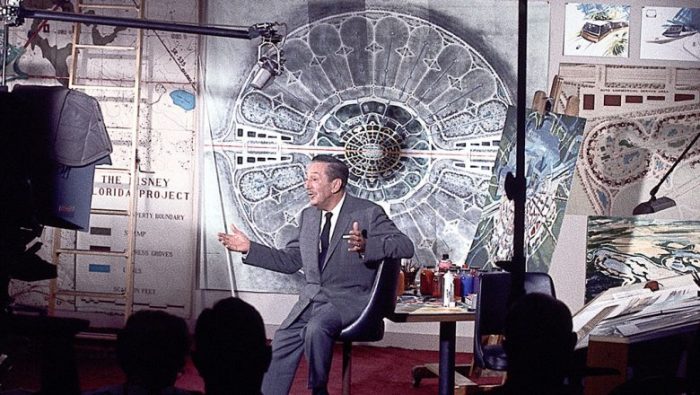
EPCOT’s radial design would have consisted of multiple zones, with transportation connecting the bustling inner-city hub with the outer suburban areas. There would still be roadways for cars and trucks deep underground, but most of the travel on the surface would be through the Monorails and the smaller “PeopleMovers” (which can be found today in Magic Kingdom’s Tomorrowland).
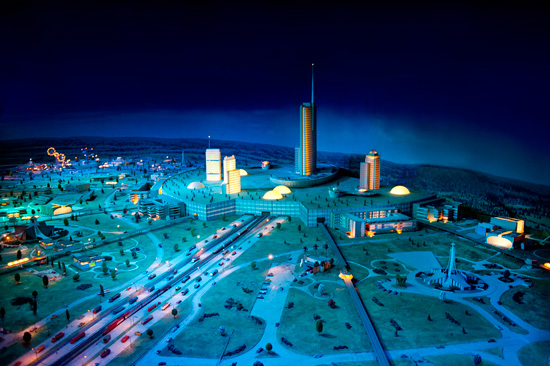
Walt appreciated how these two forms of transportation were efficient and quiet, allowing for comfortable travel without disturbing the neighborhoods below. In fact, there would be no cars at all on the city’s surface, letting people freely walk about the streets while others rode the Monorails and PeopleMovers above. And he expected EPCOT to set a national trend for public transportation, leading to him establishing WED Transportation Systems, Inc. to design Monorails for commercial sale to cities across America.
The Monorail Comes to Walt Disney World
Walt Disney’s utopian plans for EPCOT never came to pass, but the Monorail still played an important world at Walt Disney World from its very opening in 1971. The nearly three-mile Monorail goes not only between Magic Kingdom guest parking at the Transportation and Ticket Center but also between three resorts along the Seven Seas Lagoon: the Grand Floridian, the Polynesian, and the Contemporary. The separation of the parking area from the actual theme park helped create a deeper immersion in the Disney experience, with the Monorail being guests’ ride into a magical adventure.

Bob Gurr also designed Walt Disney World’s Monorail system, improving on the original design from Disneyland. For the new design, the Mark IV was longer and sleeker than its preceding versions. Each of the 10 original trains could carry over 200 seated passengers at a time. To make travel even more efficient, the Monorails now had doors on both sides, allowing passengers to exit and board at the same time.

The Monorails at Walt Disney World ran along two separate rail lines. One was for Express service between the parking lot (by the Transportation and Ticket Center) and the Magic Kingdom. The other line went between the resorts (at the time, the Contemporary Resort and the Polynesian Village Resort, with the Grand Floridian added after it opened in 1988) and the Magic Kingdom. The Resort Monorail was in fact initially intended to go further along the Seven Seas Lagoon to envisioned resorts such as a Persian-themed hotel, but like EPCOT, that never came to pass.
Lengthening the Monorail
When building the Monorail network at Disney World, Disney’s Imagineers wisely set it up to accommodate potential expansions later. This planning paid off when the park’s popularity required more passenger capacity. By adding a sixth car, each Monorail train could hold 40 more seats, adding up to almost 3,000 more passengers each hour.
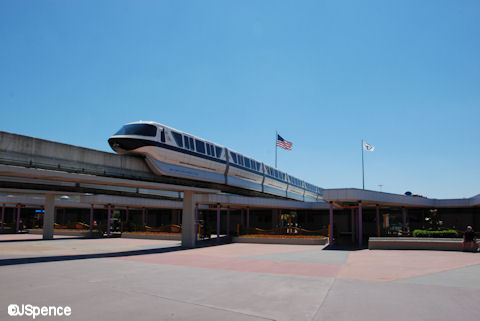
By 1979, over half the Monorails had six cars. Furthermore, two more trains were added in 1977, creating a total of 12 Monorails in the fleet. While the expansion slowed at times, more and more cars got an extra car added. The only two Monorail lines that stayed with five cars were Gold and Blue, but that was because by the 1980s, Disney had more changes in mind for the Monorails, and for Disney World as a whole.
Expansion to Epcot
While Walt’s idea of EPCOT didn’t work out, it did spark the development of a second theme park at Walt Disney World: Epcot, which celebrates the boundless wonders of our planet and our amazing future. So it was only natural that the Monorail system, meant to be a key component of EPCOT, would also connected to EPCOT, which opened in 1982.
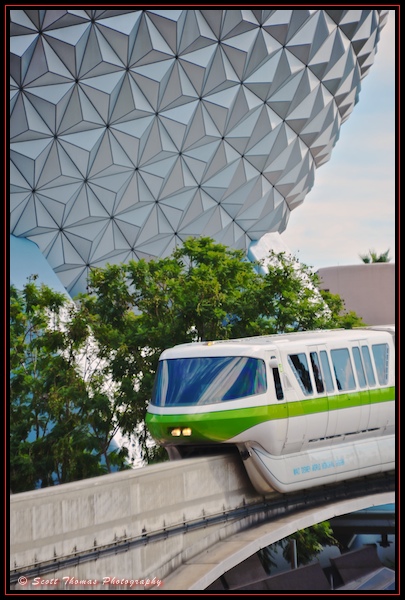
The new route to EPCOT changed the overall set-up of the Monorail network by creating more traffic to the Transportation and Ticket Center. The Monorail to EPCOT left from the Transportation and Ticket Center, so the Resort Monorail now started to stop there as well so hotel guests could get to EPCOT.
Mark VI Upgrade
In 1989, just seven years after Epcot opened, the Monorails at Walt Disney World shifted to the Mark VI version (the Mark V version was installed at Anaheim’s Disneyland in 1986). Initially, the new Monorails did not carry guests and were tested out at night. In December of 1989, though, the new Monorails were ready for unveiling to the public. Mark IV Monorails still remained in service but were gradually removed by 1991.
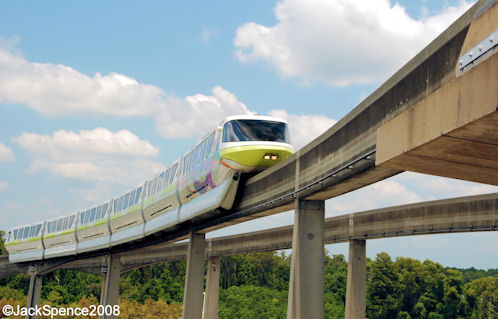
The Mark VI, which continues to run at Disney World to this very day, has sharply increased the Monorail’s efficiency by expanding the overall capacity by 30% compared to the Mark IV. All trains are now six-cars long, which also led to Monorail stations such as the Contemporary Resort and Polynesian Village expanding to account for the length. Furthermore, guests can feel more comfortable with the Mark VI’s more spacious cars and better air conditioning. Each year, the 12 different train lines in the fleet carry 16 million passengers through Walt Disney World.
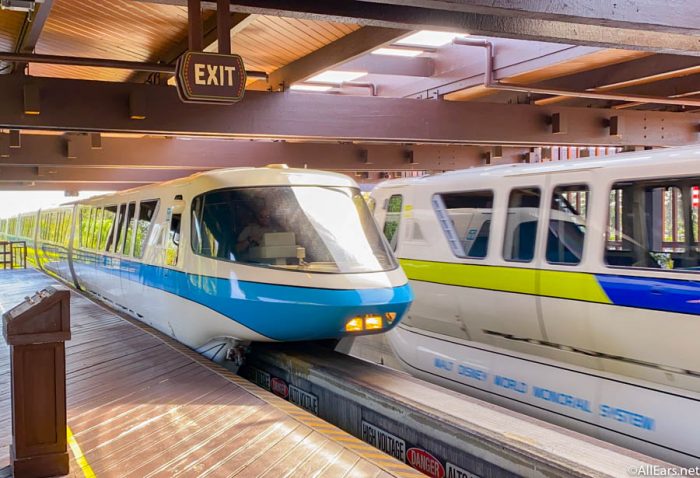
The Monorails at Walt Disney World continue faithfully to deliver guests to Parks and Resorts. The next time you board, please stand clear of the doors, and remember you’ll be part of Walt Disney World’s innovative and storied history as you glide along the rails.
Is a Monorail ride a must-do for you? Let us know in the comments below!
Walt Disney World Monorail System
Join the AllEars.net Newsletter to stay on top of ALL the breaking Disney News! You'll also get access to AllEars tips, reviews, trivia, and MORE! Click here to Subscribe!


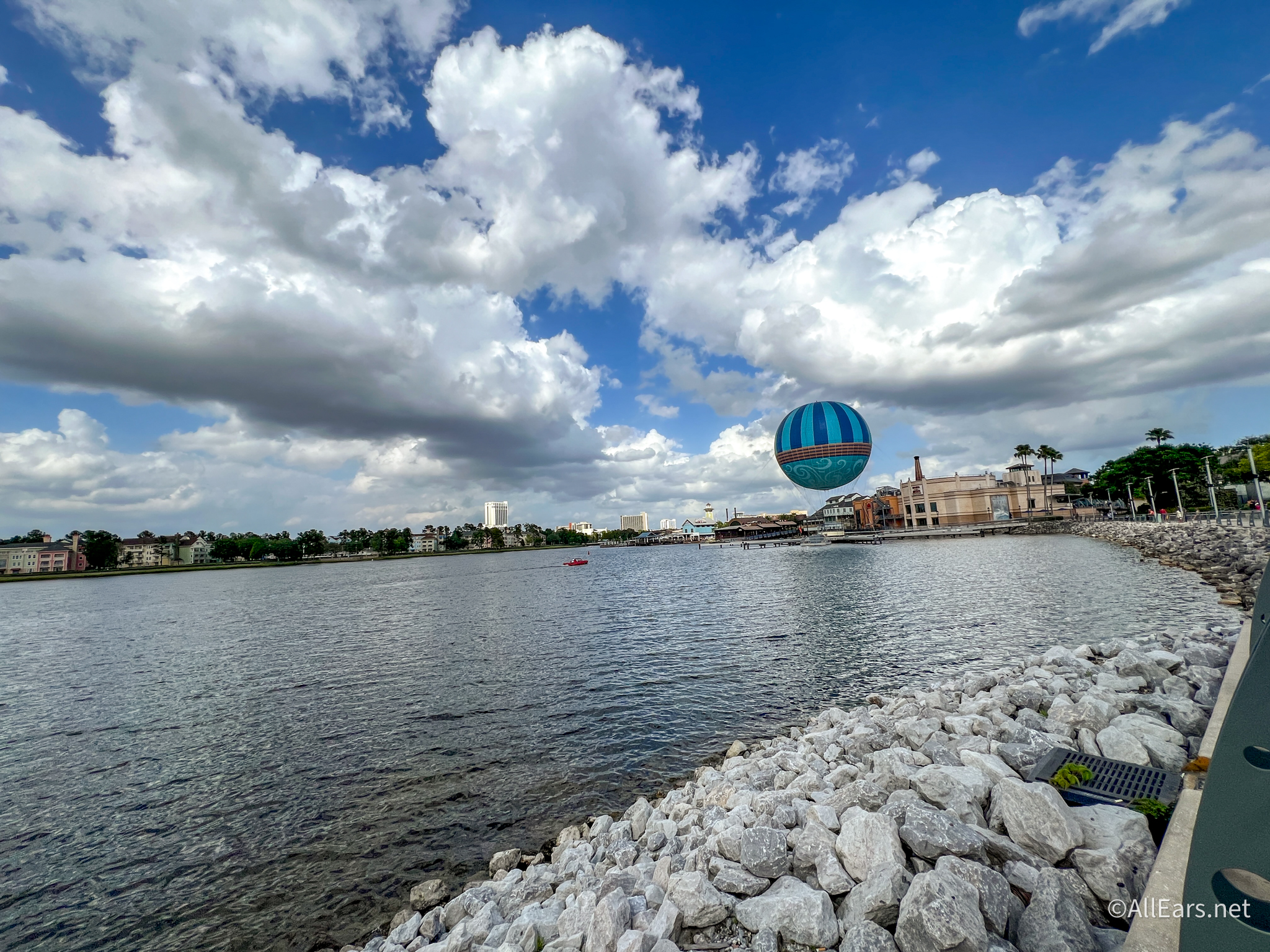
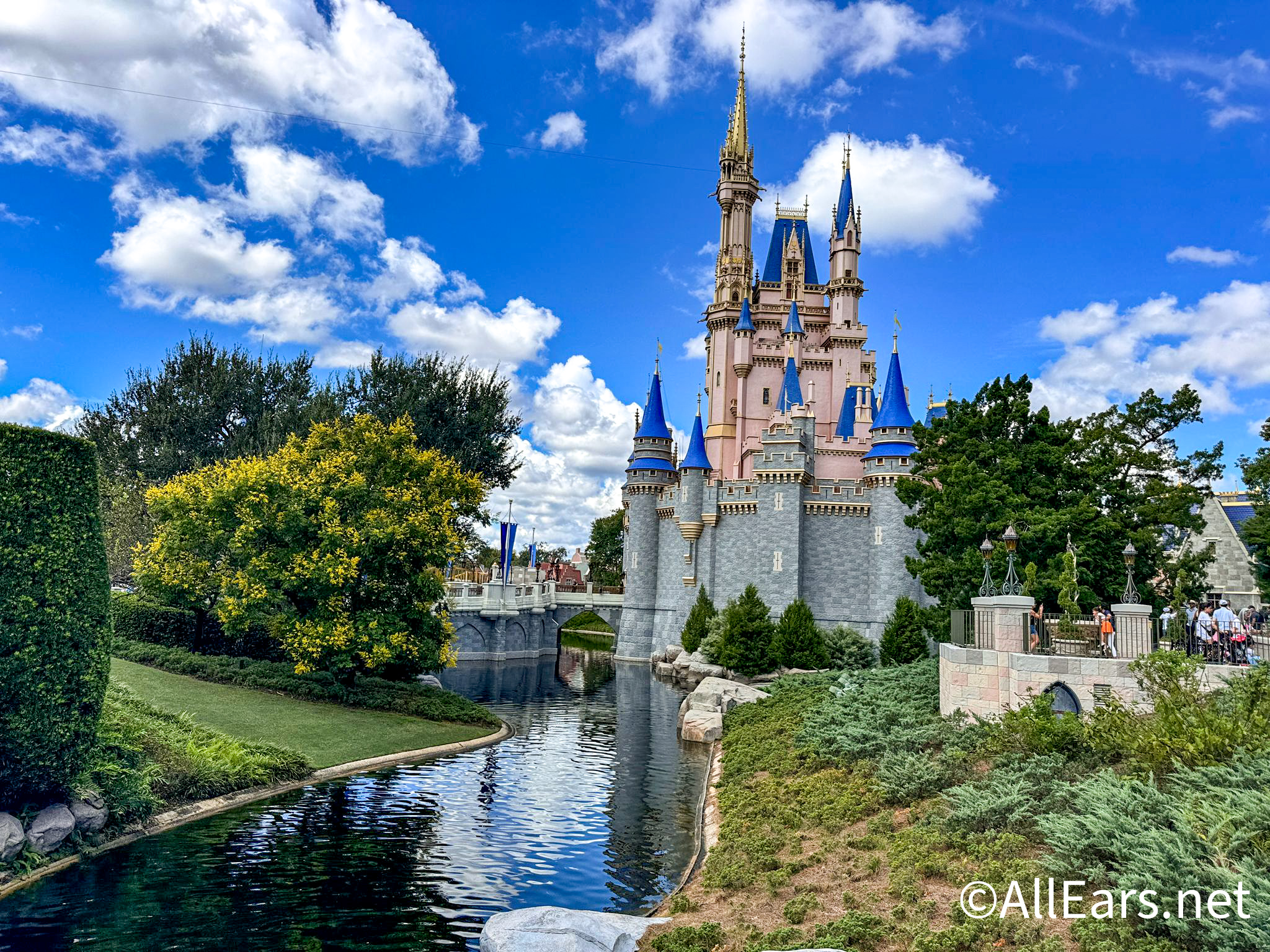

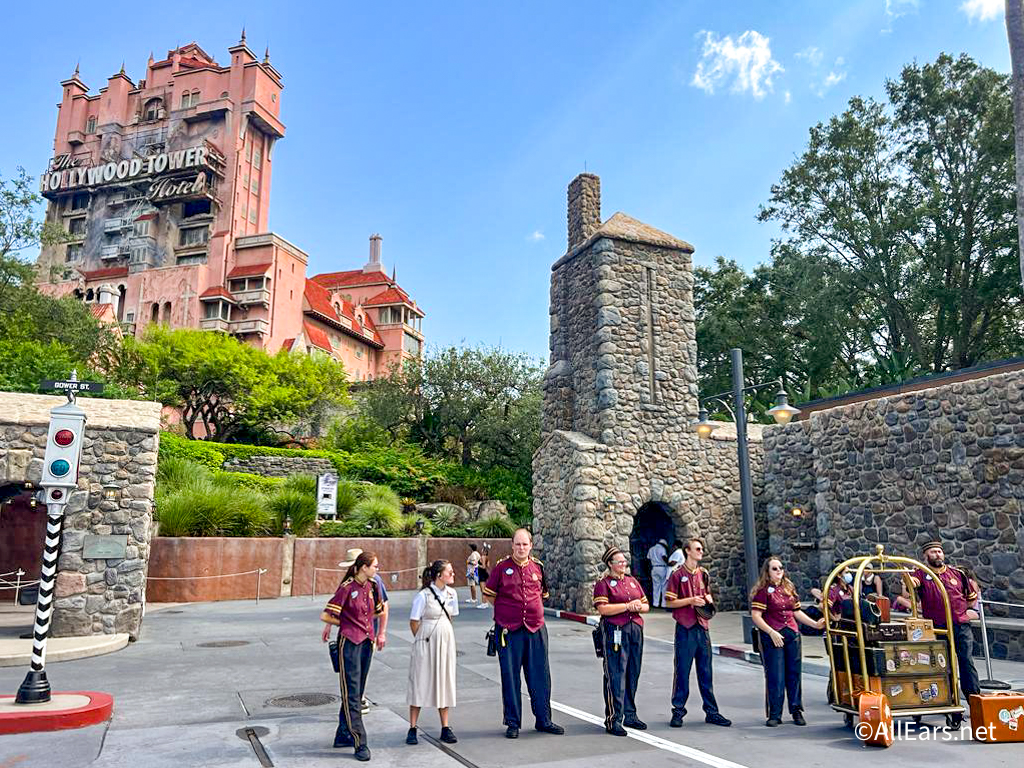
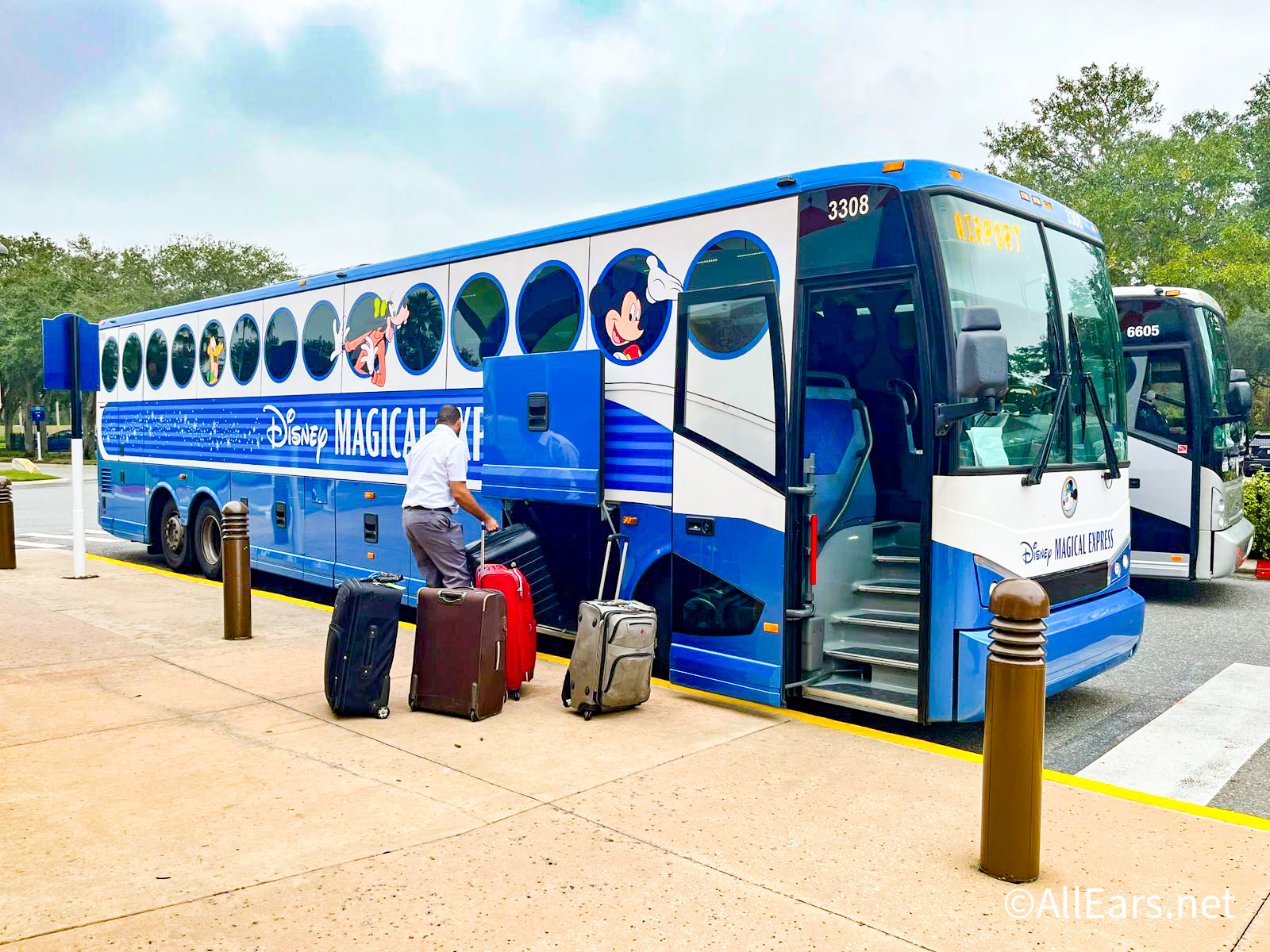
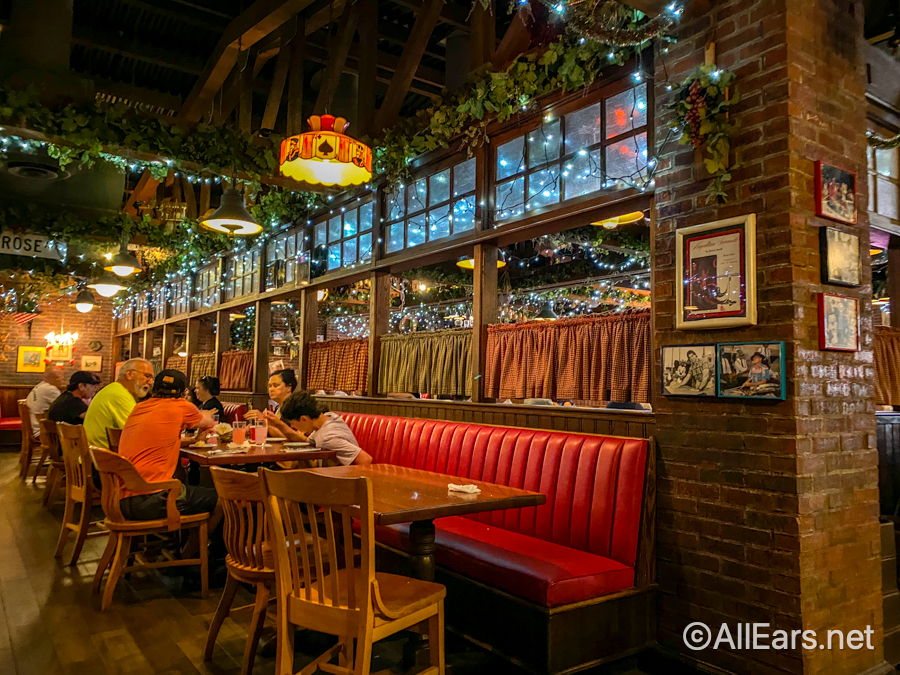



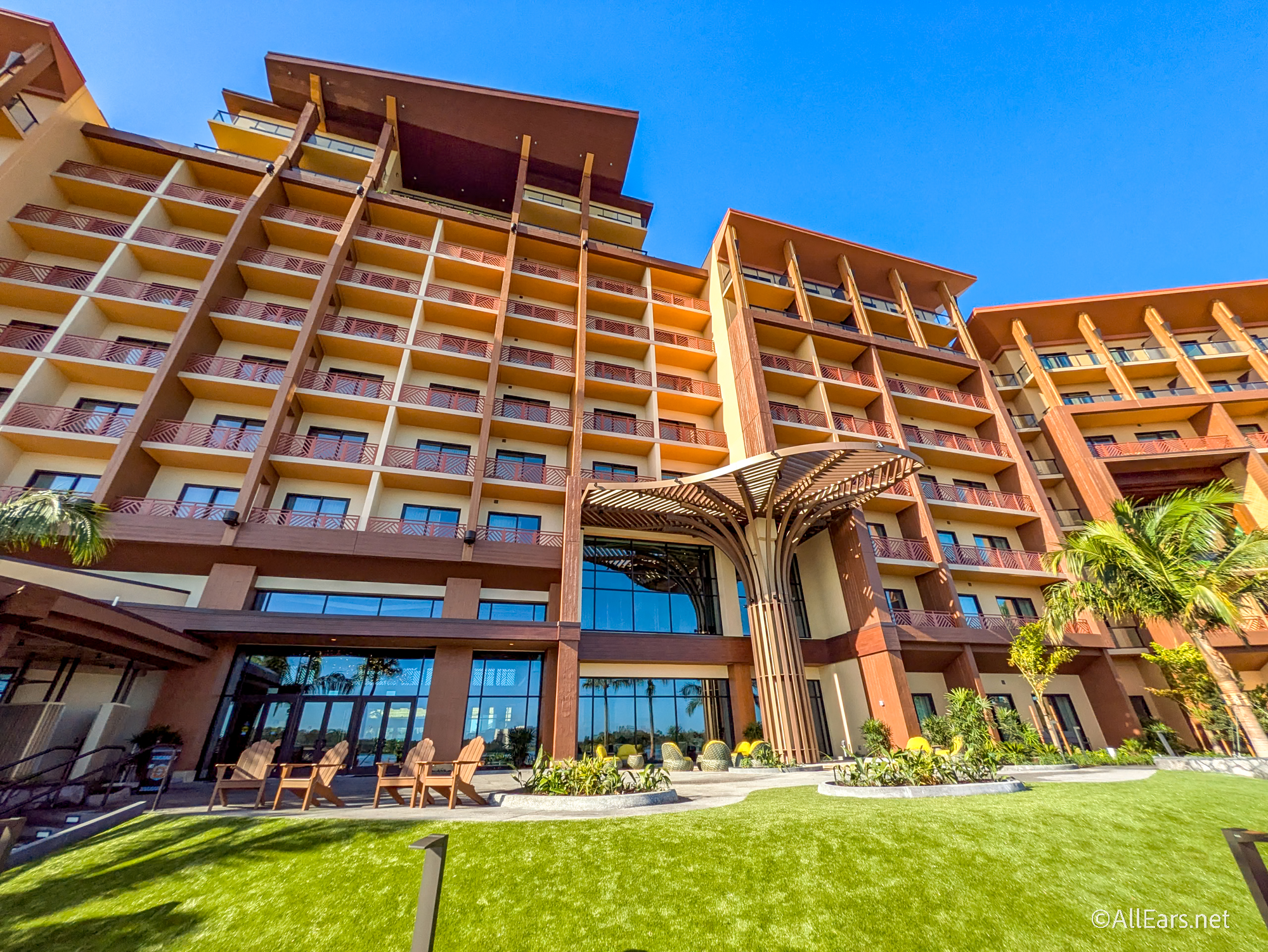
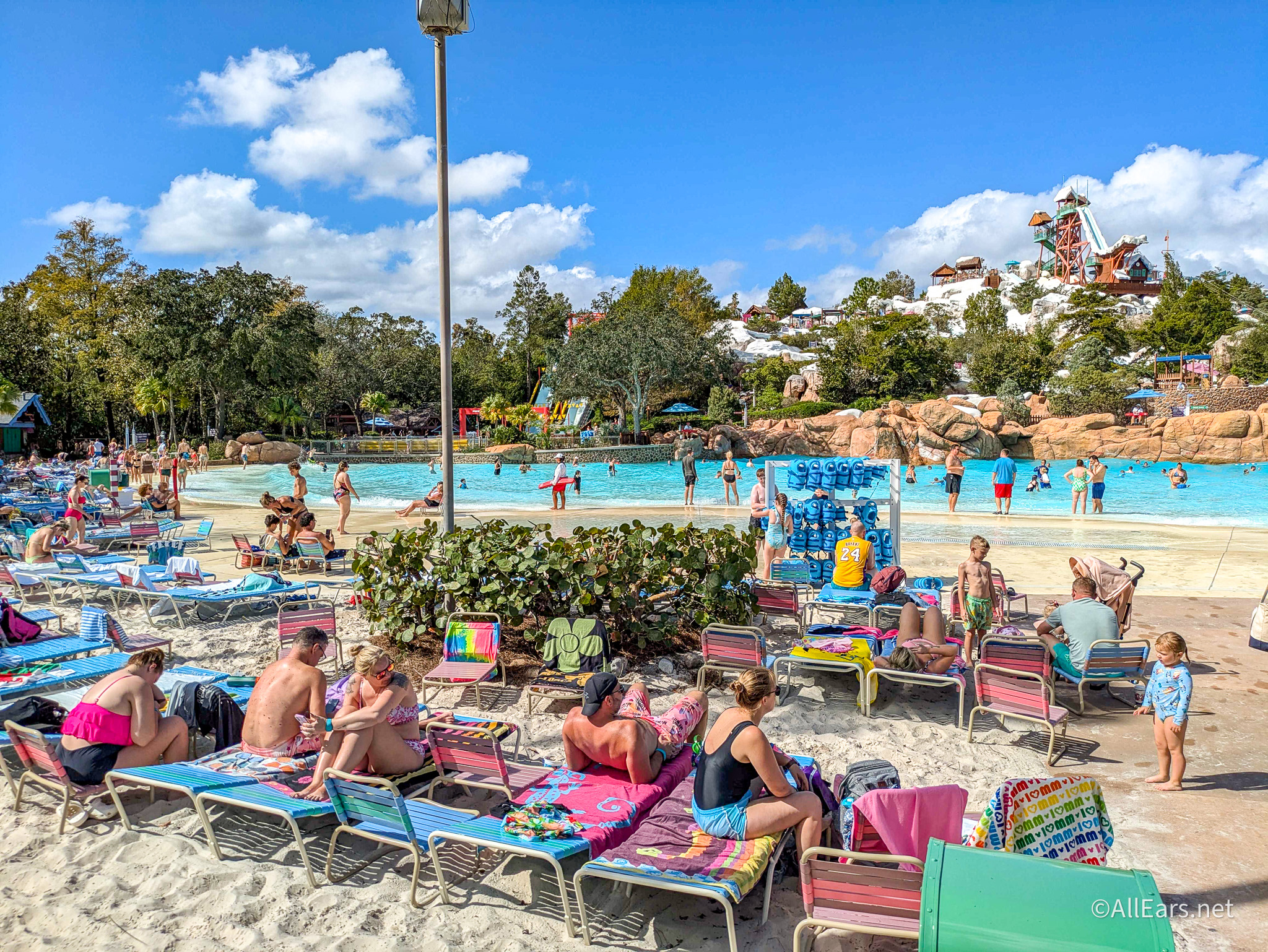



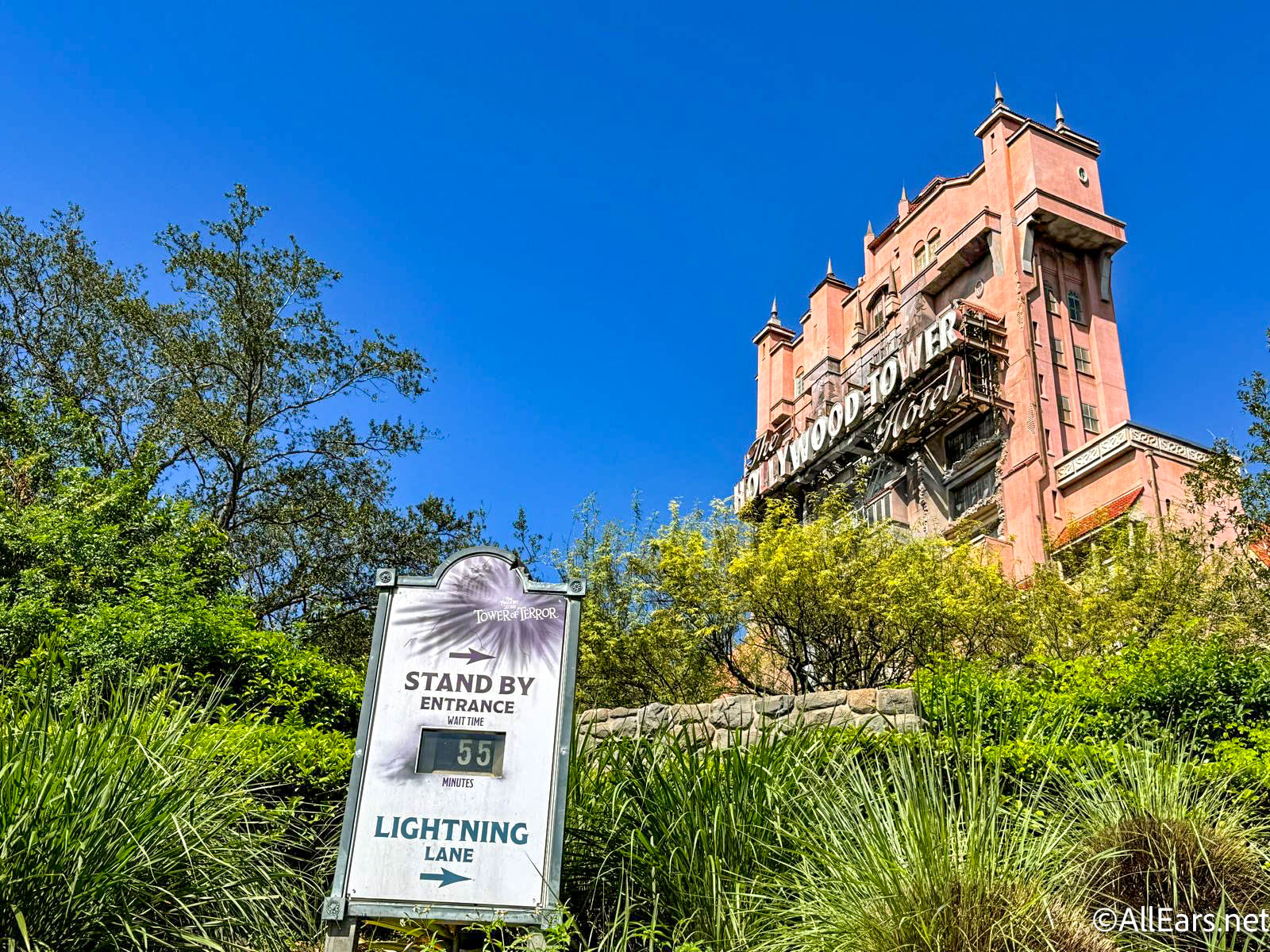

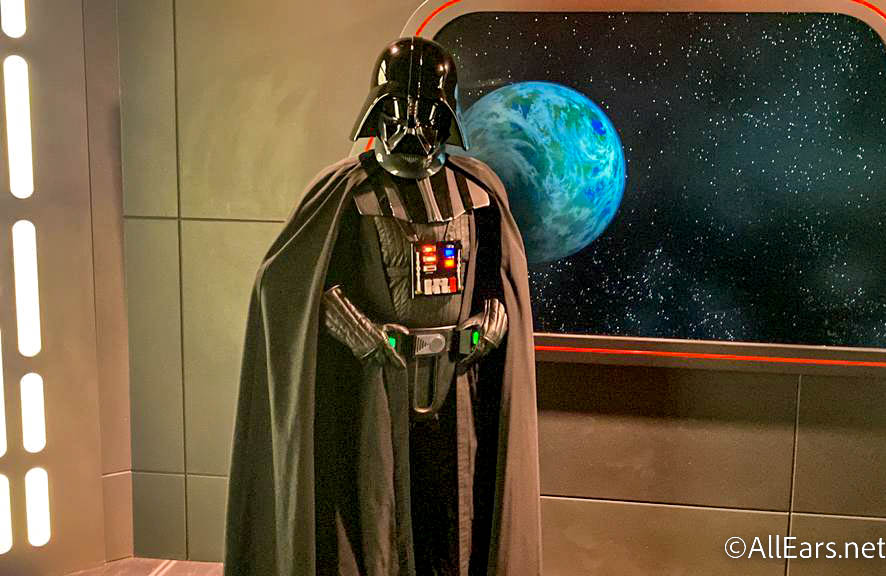
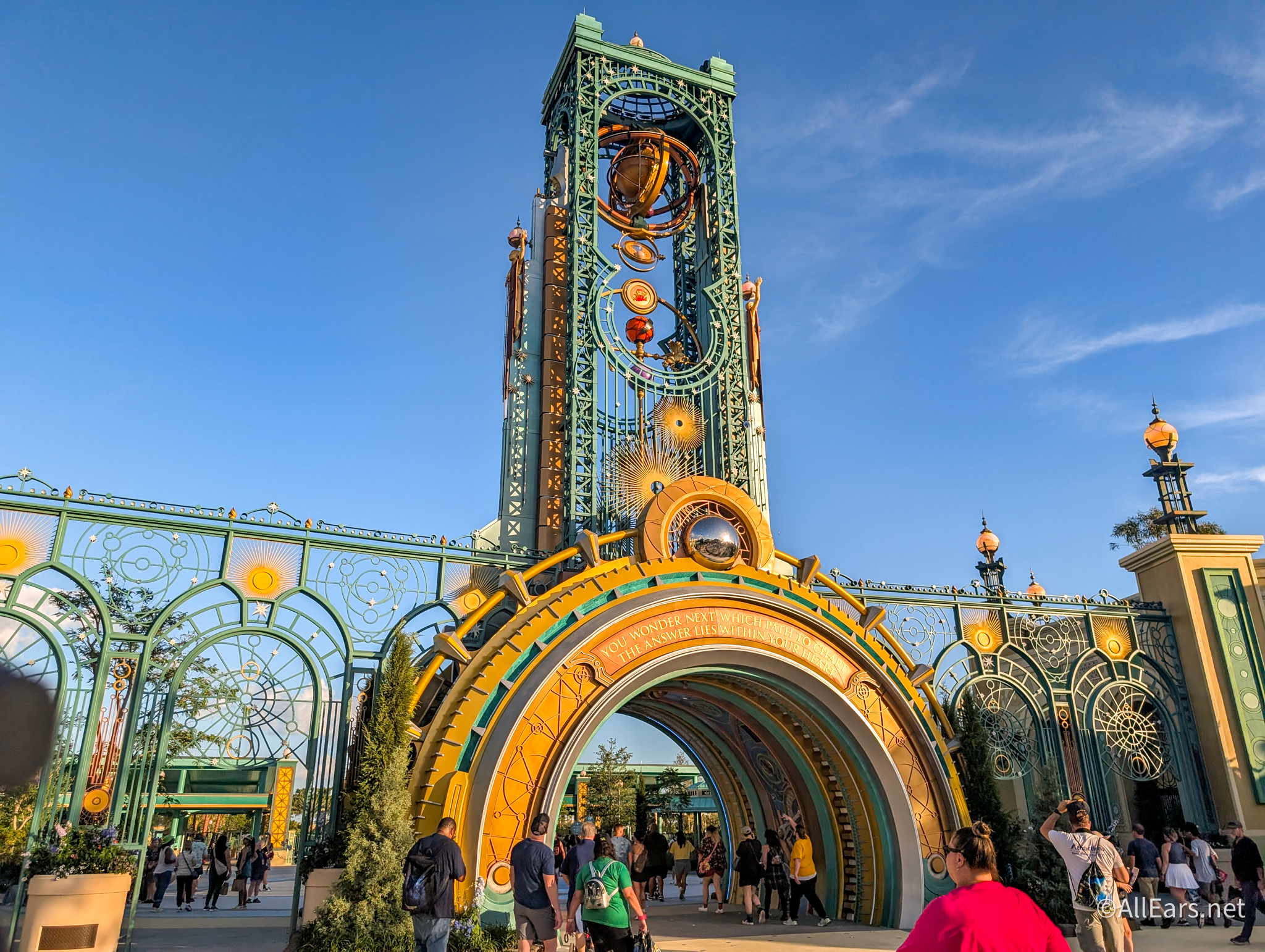
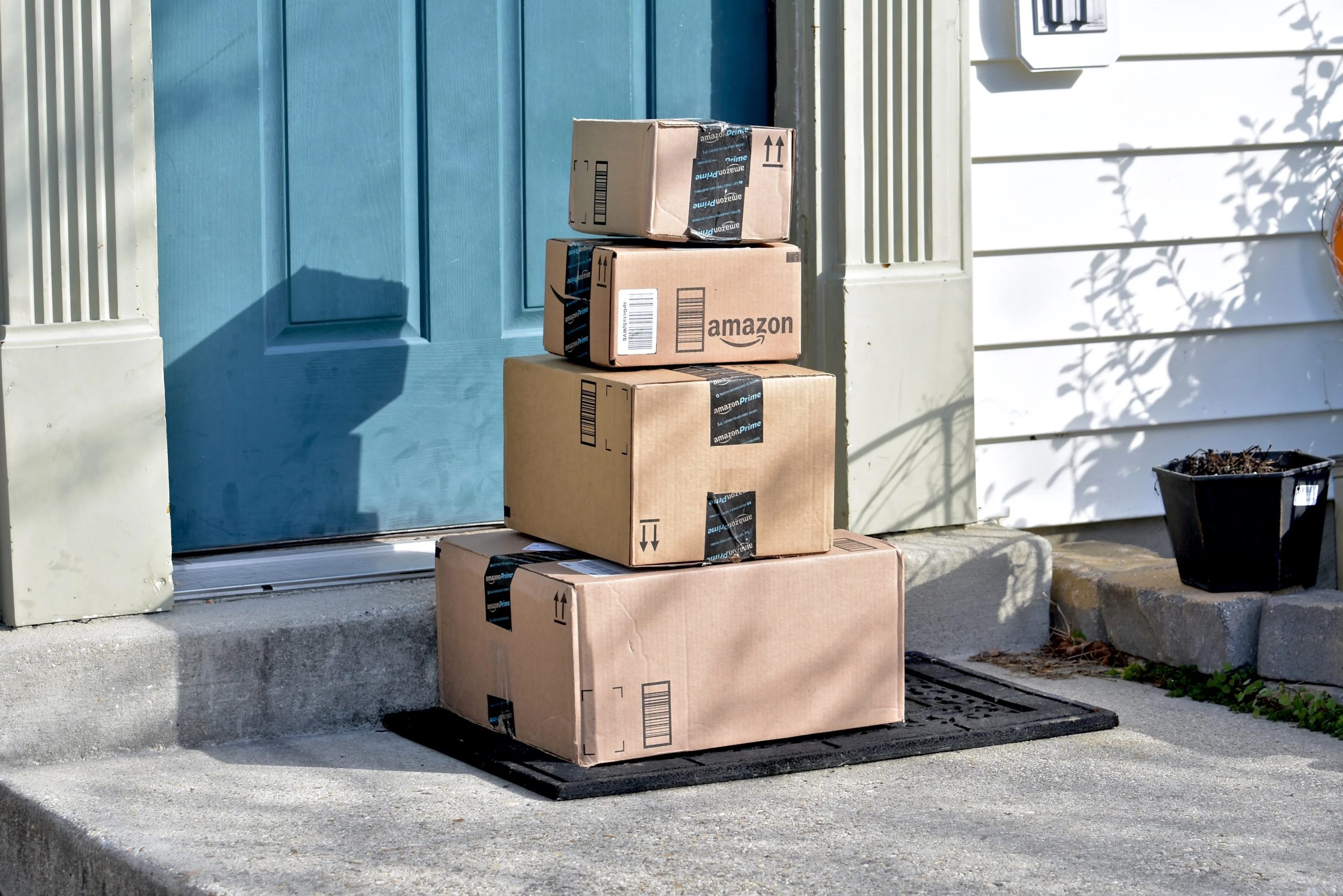
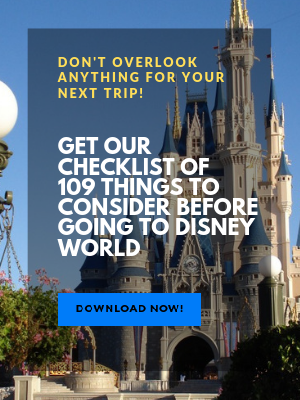
Very nice article. I remember riding the Monorail when I was eight, and it was so thrilling. I am hoping that with the extended cleaning they won’t smell like dirty diapers anymore.
I love the monorail system. It is sleek, quiet and very efficient. I ride it every chance I get. Easy to get on/off and air conditioned.
They should have continued with the monorail system instead of those overhead
cars they put in to go from the resorts to Hollywood Studios. They ruin the view.
If you have a room in an upper floor, all you see are wires and cars going by. The monorail would have been lower and you could have still enjoyed the sunrise & sunset without all that stuff in your view.